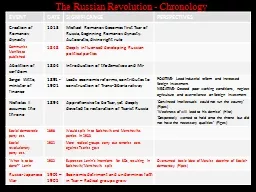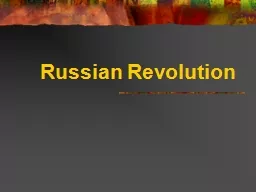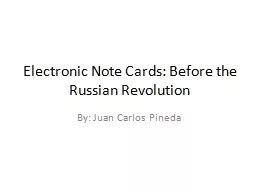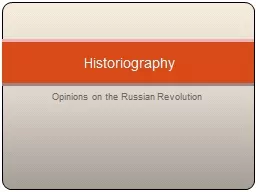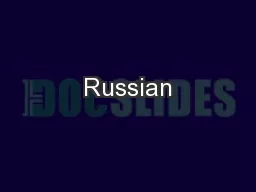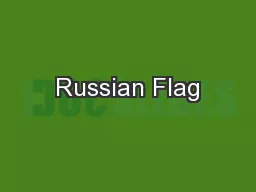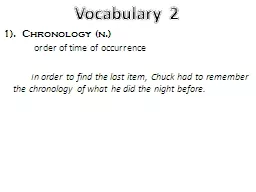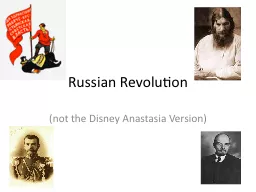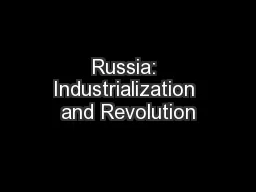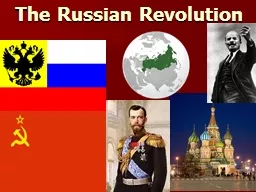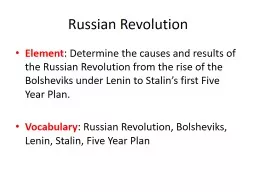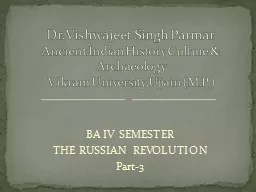PPT-The Russian Revolution - Chronology
Author : olivia-moreira | Published Date : 2018-02-23
EVENT DATE SIGNIFICANCE PERSPECTIVES Creation of Romanov dynasty 1613 Michael Romanov becomes first Tsar of Russia beginning Romanov dynasty Autocratic divine right
Presentation Embed Code
Download Presentation
Download Presentation The PPT/PDF document "The Russian Revolution - Chronology" is the property of its rightful owner. Permission is granted to download and print the materials on this website for personal, non-commercial use only, and to display it on your personal computer provided you do not modify the materials and that you retain all copyright notices contained in the materials. By downloading content from our website, you accept the terms of this agreement.
The Russian Revolution - Chronology: Transcript
Download Rules Of Document
"The Russian Revolution - Chronology"The content belongs to its owner. You may download and print it for personal use, without modification, and keep all copyright notices. By downloading, you agree to these terms.
Related Documents

